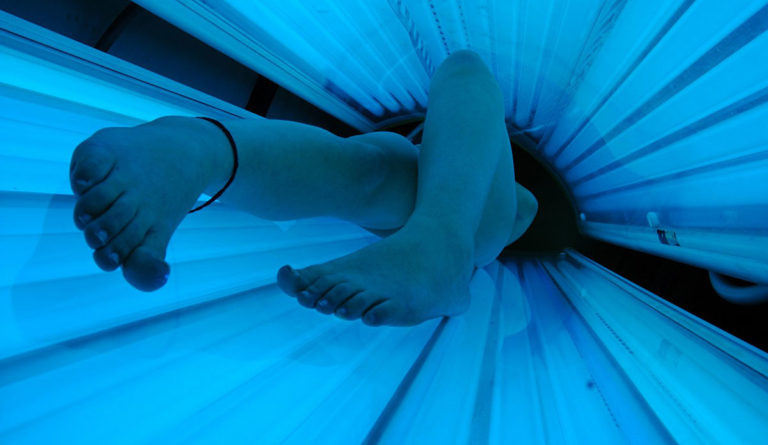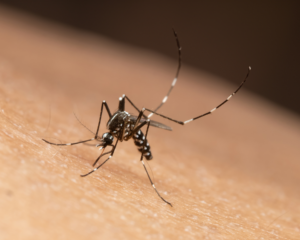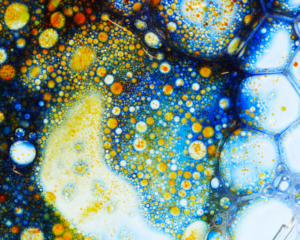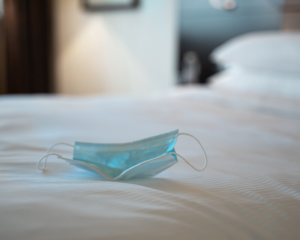Tanning Beds, Sun Exposure and Cancer
Despite the risks of UV exposure, research shows that fewer people are wearing sunscreen and the use of tanning beds has not declined.

Read Time: 3 minutes
Published:
Research indicates that fewer people are wearing sunscreen and that use of artificial tanning devices still occurs in high risk populations. Over half of the respondents in a large, representative national survey of high school students reported having at least one sunburn in the 12 months preceding the survey. This is worrisome given the unequivocal research that reducing UV exposure is a key step in reducing the risk of skin cancer.
Our 2014 study found that females reported using indoor tanning devices more than males. In addition, white females were more likely to report using tanning devices with greater frequency. As the youth increased in age, so did the use in artificial tanning devices.
Our study of Youth Risk Behavior Surveillance System (YRBSS) data remind us that high school years are pivotal, as students begin earning their own discretionary income and making decisions on how to spend this income. The recent study of college students published in The Journal of Community Health indicated that students, while not frequent tanners, did not practice widespread sun safety behaviors. This held true in a population who reported having a friend or family member with skin cancer. In fact, those who reported knowing someone with skin cancer, sunbathed more often and were more likely to report getting a sunburn in the year preceding the survey. Possibly most troubling is the fact that 55.9% believed that a suntan makes one more attractive and an additional 40.6% felt that a suntan makes a person look healthy. This is consistent with prior research of college students in which nearly 70% felt that it looks better to have a tan than to be pale.
…students, while not frequent tanners, did not practice widespread sun safety behaviors. This held true in a population who reported having a friend or family member with skin cancer.
The body of literature related to sun-safety and artificial tanning in particular suggest that knowledge alone is not sufficient to change behavior. In addition, studies suggest that those who participate in artificial tanning and sun seeking behaviors in general may do so for emotional reasons like the desire for physical attractiveness. Mainstream media have been known to reinforce these ideas. For instance, this was the case in muscle enthusiast and fitness-related magazines featuring Caucasian models with tanned skin.
The importance of practicing sun protective behaviors should be reiterated to parents and children, especially as they transition to adulthood. The research presented here reinforces the fact that high risk adolescent and college students continue to be exposed to UV radiation, most likely for a way to tan the skin for cosmetic reasons. It is clear that the approach to addressing this issue needs to be multi-faceted. Involvement from varied organizations such as media, physicians, communities, schools. etc. will be needed to ameliorate this issue, which is greatly challenged by a need to subvert the normative belief that artificially tanned skin is attractive and therefore is desirable.
Feature image: Evil Erin, Vitamin D Fix Daily SP for 365. SOOC, used under CC BY Attribution 2.0/cropped from original



